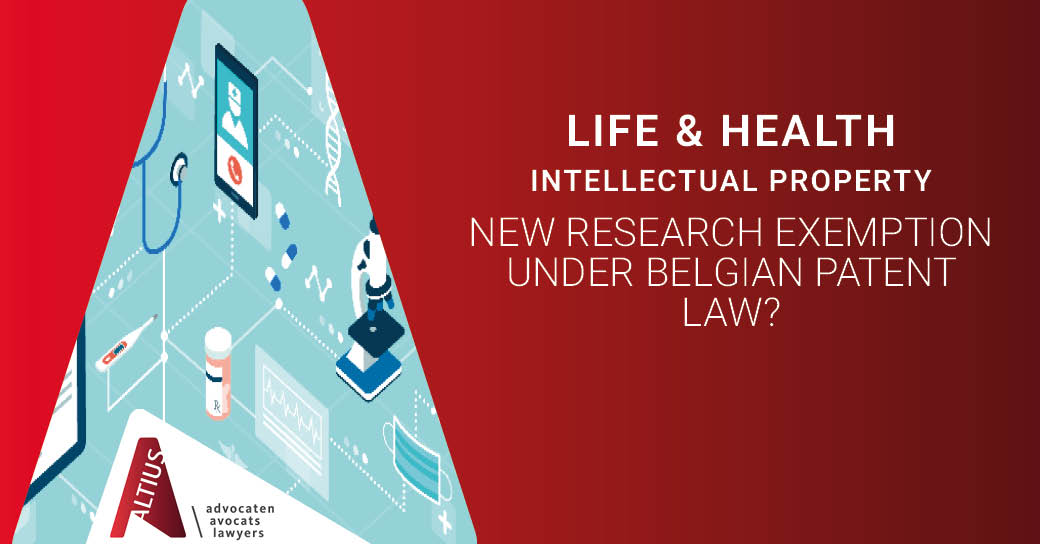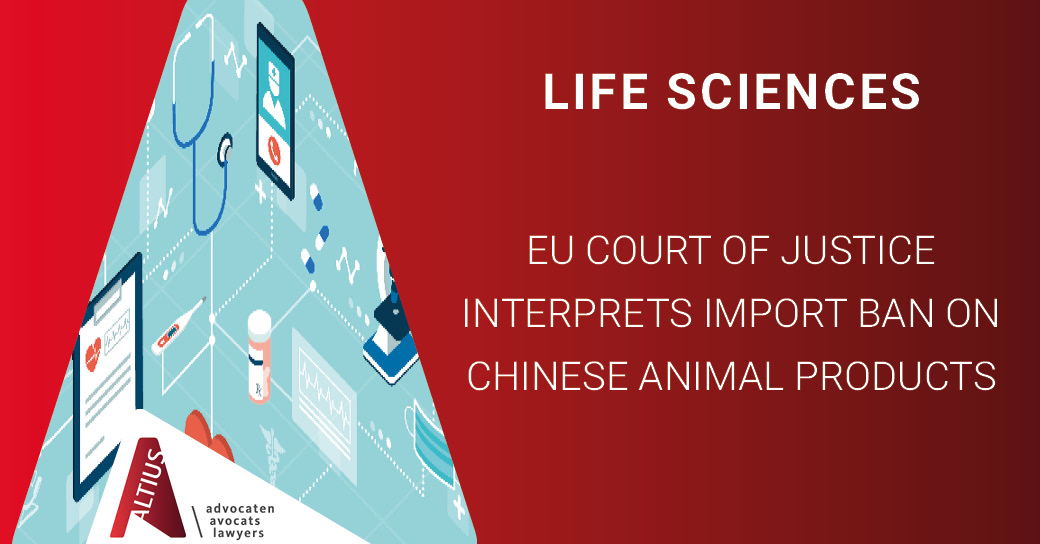New research exemption under Belgian patent law?

On 19 December 2017, the legislative package on the implementation of the UPC was approved by Belgian Parliament. While the entry into force of this new legislation has been delayed for obvious reasons, one would forget that this new law also purports to recast the provisions of Belgian patent law on infringement. In this regard, the most striking modification relates to the scope of the research exemption under Belgian law.
Belgium’s national patent legislation defines research exemptions that allow sufficient room for research activities exempted from patent infringement that are vital for promoting innovation. Currently, Belgium has one of the broadest research exemptions in Europe. Article XI.34 (1) (b) of the Code of Economic Law provides that “the rights conferred by a patent do not extend to acts that are performed on and/or with subject matter of the patented invention for scientific purposes.”
This research exemption will be modified with the implementation of the unitary patent, whose date of entry into force remains uncertain, as it will align the Belgian research exemption with the exemption provided for a unitary patent. A similar harmonisation process has been proposed in other EU member states. The main reason for this modification is the different wording, and thus the scope of the research exemption, between a national (Belgian) and European patent on the one hand, and the unitary patent on the other hand.
Consequently, more legal certainty will be achieved regarding the scope of protection conferred by research exemptions in the different EU member states. This is highly-significant for safeguarding the activities of research organisations and also research-intensive companies. The harmonisation process across Europe should thus be welcomed.
Current broad scope of protection
Under the current law, “For scientific purposes” is interpreted broadly, and includes not only acts having a purely scientific character, but also acts having a mixed (scientific and commercial) purpose. Some examples of exempted activities include: the development of new applications, a better therapeutic effect, a more efficient manufacturing method, a new administration form, and a new indication. This broad interpretation was explicitly confirmed during parliamentary discussions, has been upheld by the courts and confirmed by most legal scholars.
“Performed on and/or with” seems to indicate covering (i) infringing acts that are part of experiments for establishing or examining the activity, function, utility and improvement of the patented invention (“on”) and (ii) using the invention in other experiments so as to investigate something not necessarily related to it (e.g. the use of a patented research tool if used for scientific purposes) (“with”). This last aspect is debated in legal doctrine.
New scope of protection
Under the new law, the research exemption will encompass all “acts for experimental purposes that relate to the subject matter of the patented invention”. Consequently, all acts performed with the patented invention will most likely not fall within the scope of the new research exemption. However, according to the new law, an act for experimental purposes will also include all acts “carried out for the evaluation of medicinal products”. Therefore, the research exemption also encompasses acts having the purpose of obtaining a marketing authorisation for an innovative medicinal product. Currently such acts are not necessarily exempted as they could possibly be acts with a predominant commercial purpose and are not exempted through the so-called ‘Bolar exemption’ that only covers generic or biosimilar medicinal products.
How to apply a research exemption in research collaborations
As research is increasingly performed together with other research organisations/companies, the scope of the research exemption has also been the subject of debate when collaborating research partners conclude a research contract. A research organisation typically interprets a (contractual) research exemption in a broad way. The question arises how the research exemption should be assessed when for example a research organisation uses patent-protected results for scientific purposes but receives remuneration from another company for the research with the obligation to transfer the results to that company. To avoid any misunderstanding, the parties should always clearly define the scope of a contractual research exemption for each of the parties when the results are allocated to one party only. Otherwise, a ‘contractual’ research exemption could be considered as a mere repetition of the ‘legal’ research exemption.
Written by
Recommended articles
Deepfakes in the music industry: Will the AI Act change the tune?
The emergence of deepfake technology, particularly within the music industry, has sparked significant debate and concern. Deepfakes, which are synthetic media generated using AI to replicate and/or manipulate a known artist’s likeness and/or voice, have the potential to revolutionise the music industry.
Read onBelgium gears up to enforce the EU Deforestation Regulation
The EU Deforestation Regulation (EUDR) was published on 9 June 2023 and came into force on 29 June 2023. Member States, including Belgium, must establish legal frameworks for enforcement.
Read onEU Court of Justice interprets import ban on Chinese animal products: fish oil for feed is not an exempted “fishery product”
On 21 March 2024, the EU Court of Justice (‘CJEU’) handed down its ruling in case C‑7/23, concerning a dispute between a feed company and the Federal Agency for the Safety of the Food Chain. The parties differed in their interpretation of an EU import ban on products of animal origin coming from China. The Council of State sought the CJEU’s guidance.
Read on


